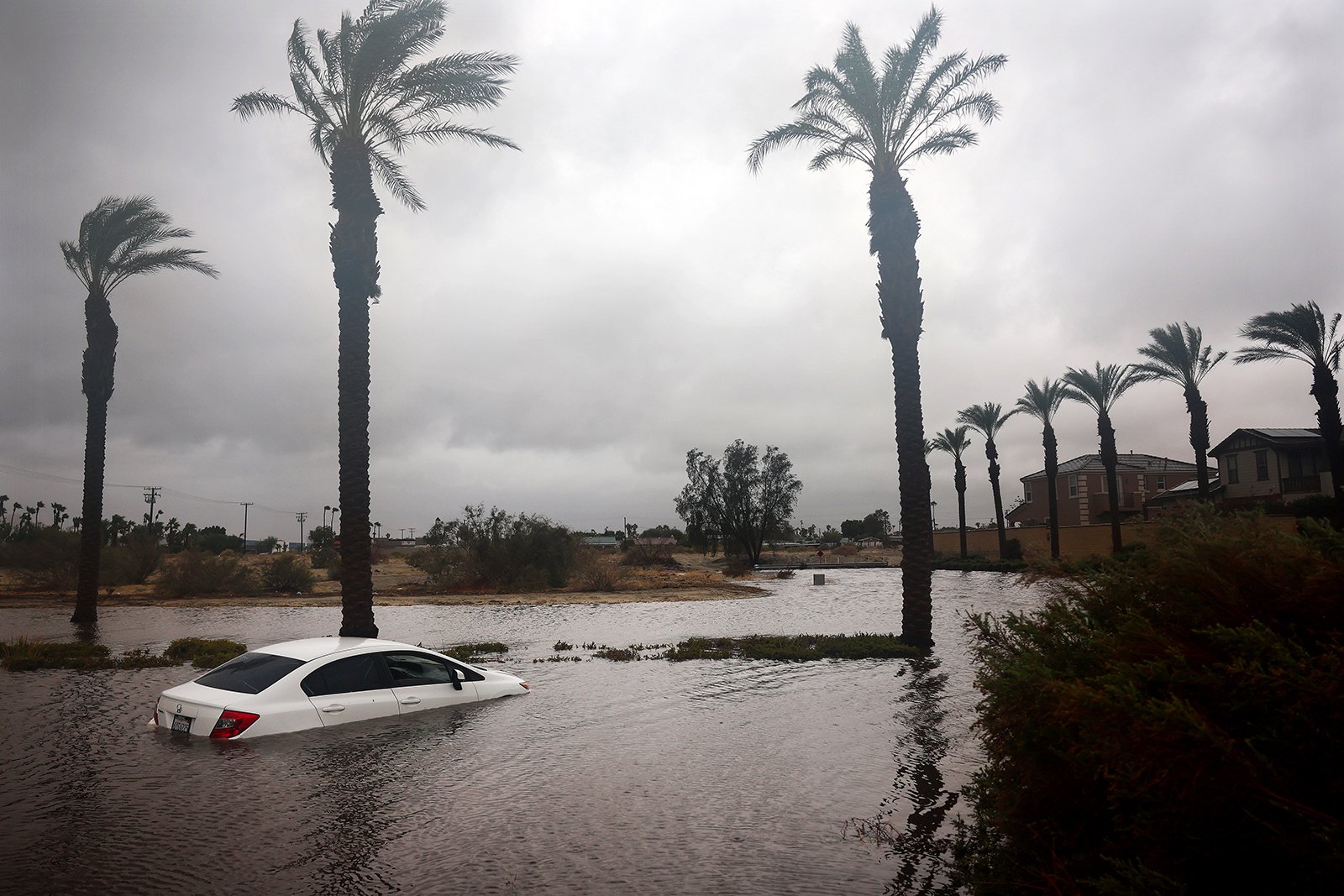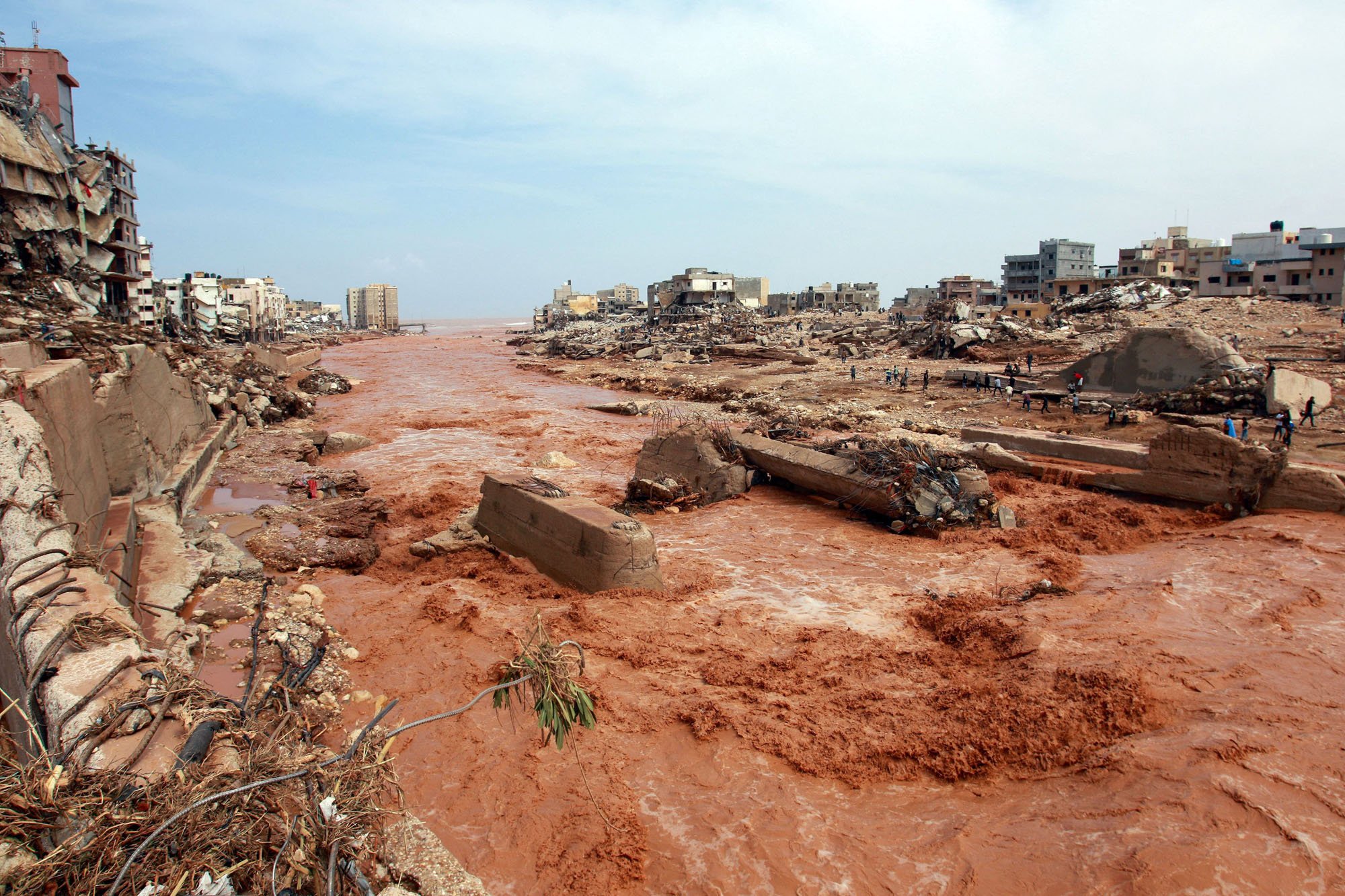Increased weather catastrophes in the wake of climate change
With Hurricane Hillary hitting California in mid-Aug., recent headlines have brought attention to similar weather and natural disaster reports, often related to or traced back to the effects of climate change. The tropical storm Daniel, which swept across the Mediterranean Sea causing massive flooding in Libya, has killed over 4000 residents and destroyed entire neighborhoods. Just north-west of Libya, on Sept. 8, Morocco was hit with a magnitude 6.8 earthquake, wiping out rural communities near the city of Marrakesh, and killing at least 3,000 people.
Though Hurricane Hillary effectively damaged land and residential parts of Southern California, the tropical storm fortunately had been weakened when reaching Los Angeles on Aug. 20, causing no casualties in California. Nonetheless, the storm was considered an anomaly as it was the first hurricane to hit California since 1939. Though there is no direct association or evidence between climate change and the hurricane, it is clear that such unpredictable and uncommon weather events are linked to climate change.
The tropical storm which struck Libya on Sept.10, could be correlated to the effects of climate change similarly to Hillary, as such storms are highly uncommon to Libya's regular climate. Higher ocean and air temperatures due to global warming also lead to more water vapor being held and eventually cause an even wetter storm-climate. Contrary to Hurricane Hillary’s milder effects, the tropical storm in Libya triggered a domino-effect of disastrous reactions, beginning with the bursting of two dams in the northeastern city of Derna. The dams had been in vulnerable condition for several years and finally bursted due to the heavy rain, causing massive flooding throughout the city and with it destroying buildings and land. Although weather conditions were the inevitable cause for the flooding, political chaos within Libya played a factor in the poor upkeep of the dams, as well as other infrastructure.
The Morocco earthquake’s epicenter was the mountainous region of Al Haouz outside the city of Marrakesh, which added to the resulting damage as roads built into mountain sides were destroyed or roads were blocked off due to fallen rock boulders.
Despite rescue and aid efforts in affected areas, there are several factors hindering full aid and recovery besides the physical barriers and technical difficulty involved in recovery. The city of Derna has been essentially cut off from outside access due to blocked off roads, limiting victims from receiving external aid from various organizations. Morocco, similarly, is faced with the issue of government control on foreign interference and aid.
thesamohinews@gmail.com
CNN News by Mario Tama / The Samohi
Some cars and houses were partially submerged due to heavy rain, even in desert areas, such as Cathedral City, California.
The Atlantic / The Samohi
Flooding washed throughout the entire city of Derna, Libya, from the seaside/coast to the inland.
CNN News / The Samohi
The historic city center of Marrakesh and mountainous areas experienced greater destruction than the outer modern quarters due to building construction and wear.


